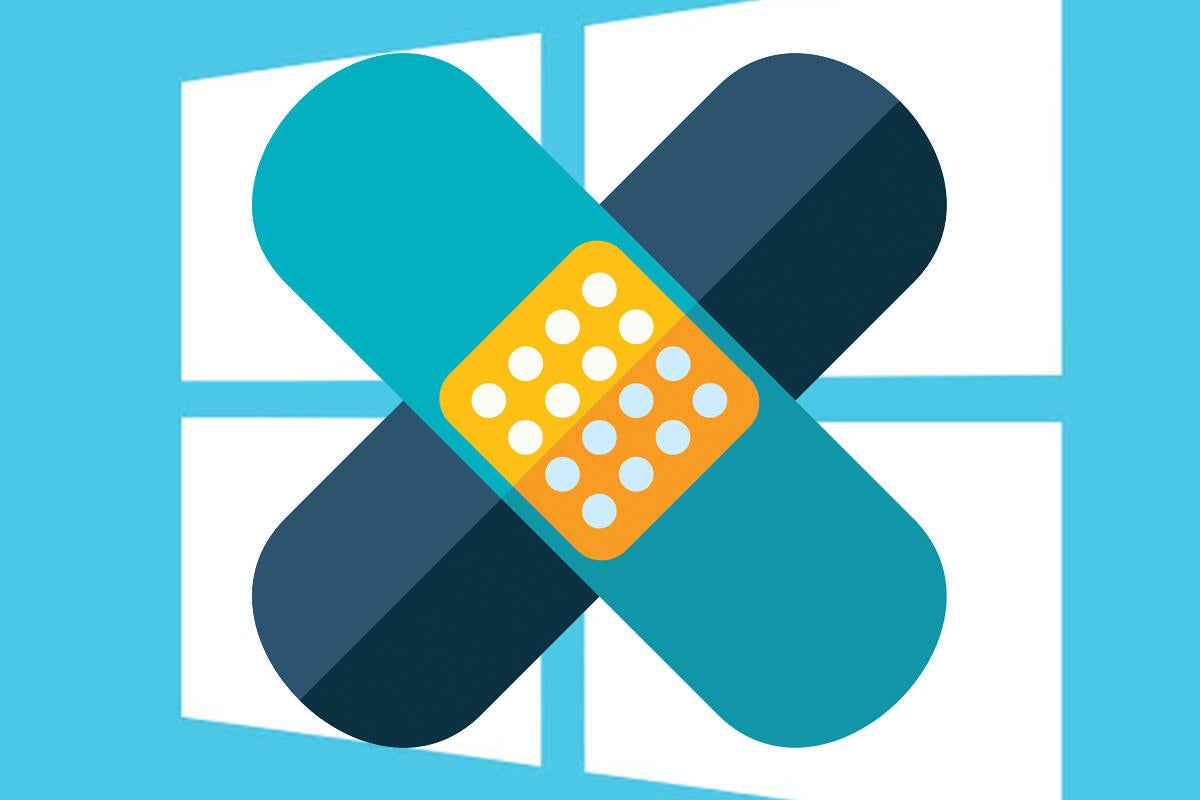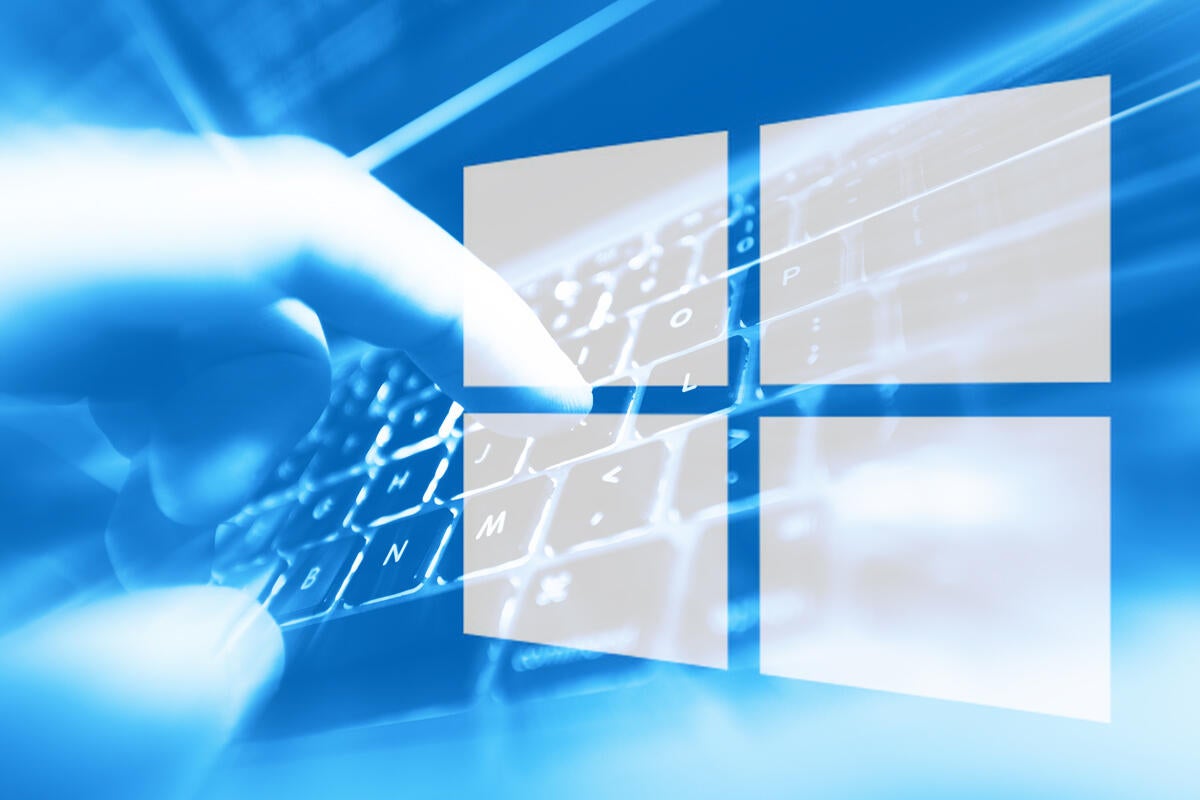If you ever wondered why people — and organizations — are taking longer and longer to willfully install patches, take a look at what happened this month. After a disastrous start, Windows 10 patches seem to be OK, but .NET and Server patches still stink.
For most of the year, we’ve seen two big cumulative updates every month for each of the supported Win10 versions. This month, so far, we’ve had three. Microsoft’s claim that it will install the Win7 and Win8.1 Monthly Rollups defies logic. The .NET patches are in such bad shape that the .NET devs have thrown in the towel. And here we sit not knowing exactly which way is up.
Three Win10 cumulative updates for each version in July
On Patch Tuesday, July 10, as usual, Microsoft rolled out cumulative updates for all of the supported versions of Windows 10. Almost immediately we heard screams of pain as four big bugs, later officially acknowledged, hit the fan. Six days later, Microsoft released a second set of cumulative updates, again for all versions of Win10. Those updates were specifically designed to fix the bugs introduced by the original updates. The build numbers in the Knowledge Base articles didn’t match the build numbers that people actually installed but, well, that’s Microsoft.
To read this article in full, please click here



